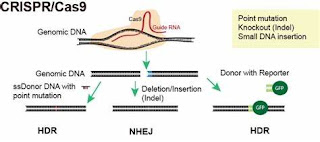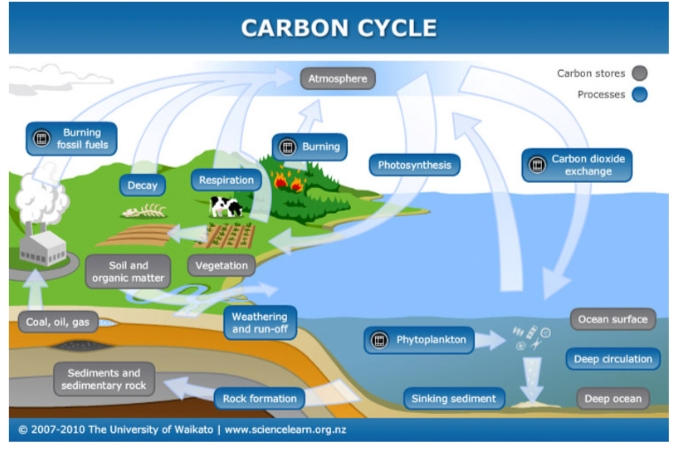Cell Lines
Cell Lines A cell line is permanently established cell culture that will proliferate indefinitely given appropriate fresh medium and space. A cell culture developed from a single cell and therefor consisting of cells with a uniform genetic makeup. There is presence of several cell linkages either similar or distinct. Generally stem cells are used in this culture. After the subculture, the primary culture becomes a cell line and may be propagated and sub cultured several times. Some species, particularly rodents, give rise to lines relatively easily, whereas other species do not. No cell lines have been produced from avian tissues and establishment of cell lines from human tissue is difficult. Continuous cell lines Most of cell lines grow for a limited number of generations after which they cease. Cell lines which either occur spontaneously or induced virally are chemically transformed into continuous cell lines Selection of appropriate cell line Criteria are followed fo


